The world of traditional fermented foods is a treasure trove of microbial diversity, where ancient culinary practices meet cutting-edge science. For centuries, humans have harnessed the power of microorganisms to transform raw ingredients into flavorful, preserved, and often probiotic-rich foods. Now, with the advent of advanced genomic sequencing technologies, researchers are peering into the very DNA of these fermentation workhorses, revealing fascinating insights about their evolutionary history, metabolic capabilities, and potential applications in modern food science.
Across continents and cultures, fermented foods tell the story of human ingenuity. From Korean kimchi to German sauerkraut, from Japanese miso to Ethiopian injera, these foods share a common thread – they are all products of complex microbial communities working in concert. The recent focus on sequencing the genomes of these microbial strains has opened new doors for understanding why certain traditional fermentations produce such distinctive flavors and textures, and how we might preserve these culinary traditions in the face of industrialization.
The microbial dark matter of fermentation has long been a mystery, with many traditional starters containing dozens or even hundreds of microbial species. Modern metagenomic approaches allow scientists to catalog this biodiversity without the need for culturing, revealing unexpected microbial interactions. For instance, genome analysis of Tibetan kefir grains showed a sophisticated three-way symbiosis between lactobacilli, yeasts, and acetic acid bacteria that explains its unique fermentation profile. Similarly, the microbial consortium in Indonesian tempeh has been found to include not just the expected Rhizopus mold, but a supporting cast of bacteria that contribute to its nutritional profile.
One of the most exciting revelations from these genomic studies is how fermentation strains have co-evolved with human cultures. The genome of Lactobacillus sanfranciscensis, crucial for San Francisco sourdough bread, shows adaptations that make it particularly suited to the wheat flour environment. Comparative genomics reveals that strains used in traditional cheese-making often have acquired genes for flavor compound production through horizontal gene transfer from other dairy microbes. These findings suggest that our ancestors were unwitting microbial breeders, selecting for strains that produced the most desirable characteristics in their foods.
The functional genomics perspective has been particularly illuminating. By correlating gene presence with metabolic output, researchers can now explain why certain traditional fermentations have distinct properties. The genome of Aspergillus oryzae, used in sake and soy sauce production, contains an expanded repertoire of proteases and amylases compared to its wild ancestors. This genomic expansion directly correlates with its superior ability to break down starches and proteins – the very reason it was selected for fermentation centuries ago. Similarly, the exceptional acid tolerance genes found in vinegar-producing Acetobacter strains explain how they can thrive in conditions that would kill most bacteria.
Traditional fermented foods are also proving to be reservoirs of novel antimicrobial compounds. Genome mining of fermentation strains has revealed numerous biosynthetic gene clusters that code for potential bacteriocins and other inhibitory molecules. This explains why many traditional fermented foods have such remarkable shelf stability without modern preservatives. The genome of a Latvian rye sourdough isolate was found to produce three previously unknown antimicrobial peptides that likely contribute to the dough's resistance to spoilage. Such discoveries could lead to new natural food preservation methods.
Challenges in preservation of traditional fermentation microbiomes have become apparent through genomic studies. As artisanal practices give way to industrial production, many unique microbial strains risk being lost. Genome analysis shows that commercial starter cultures often represent just a fraction of the diversity found in traditional fermentations. For example, the microbial complexity of naturally fermented olives from small Greek producers shows nearly ten times the genomic diversity of their industrial counterparts. Conservation efforts are now using genomic data to catalog and preserve these microbial heritage strains before they disappear.
The health implications of traditional fermentation genomics are particularly compelling. Many fermented foods are valued for their probiotic effects, and genome sequencing is revealing why. The complete genome sequence of Bifidobacterium strains from Mongolian fermented milk shows genes for metabolizing otherwise indigestible plant fibers, explaining their gut health benefits. Similarly, genome analysis of Bacillus subtilis strains used in Japanese natto fermentation reveals genes for vitamin K2 production and fibrinolytic enzymes that may contribute to cardiovascular health. Such findings validate traditional wisdom about these foods' health benefits while providing scientific explanations.
Looking forward, the genomic investigation of traditional fermentation strains promises to bridge ancient food wisdom with modern biotechnology. As sequencing costs continue to drop and bioinformatics tools improve, we're entering an era where every traditional fermentation, from African sorghum beers to Scandinavian fermented fish, can have its microbial secrets decoded. This knowledge could lead to optimized fermentation processes, novel functional ingredients, and even the resurrection of lost fermentation traditions. The humble microbial strains that have sustained human cultures for millennia are finally having their genomic stories told – and what fascinating stories they're proving to be.

By /Jul 14, 2025

By /Jul 14, 2025

By /Jul 14, 2025
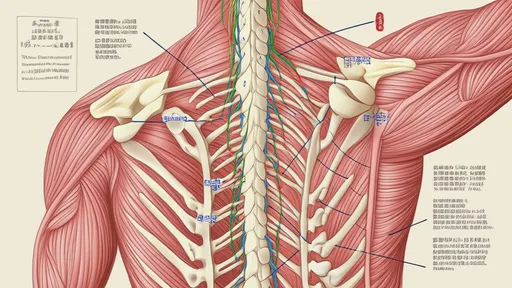
By /Jul 14, 2025

By /Jul 14, 2025
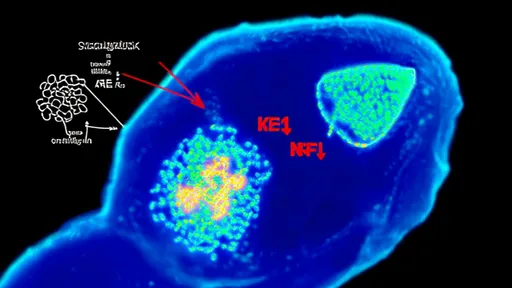
By /Jul 14, 2025

By /Jul 14, 2025
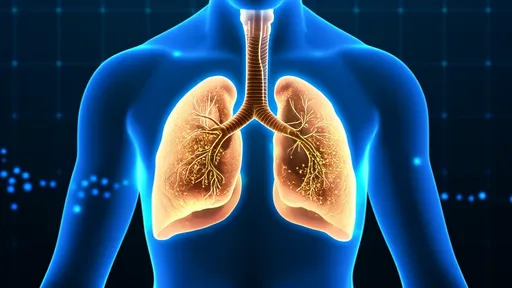
By /Jul 14, 2025
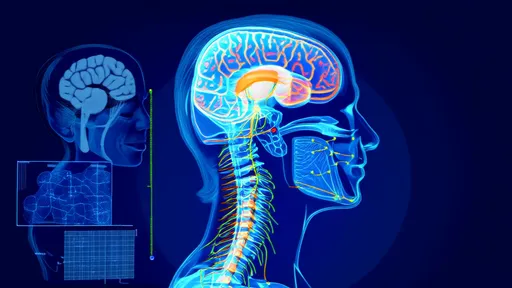
By /Jul 14, 2025

By /Jul 14, 2025

By /Jul 14, 2025
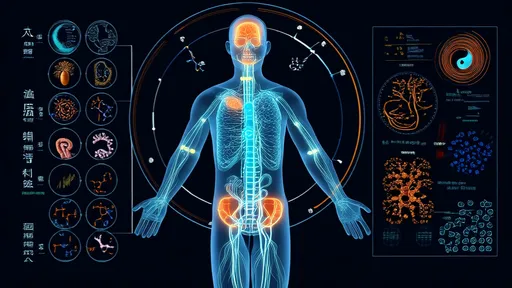
By /Jul 14, 2025

By /Jul 14, 2025

By /Jul 14, 2025

By /Jul 14, 2025

By /Jul 14, 2025

By /Jul 14, 2025

By /Jul 14, 2025